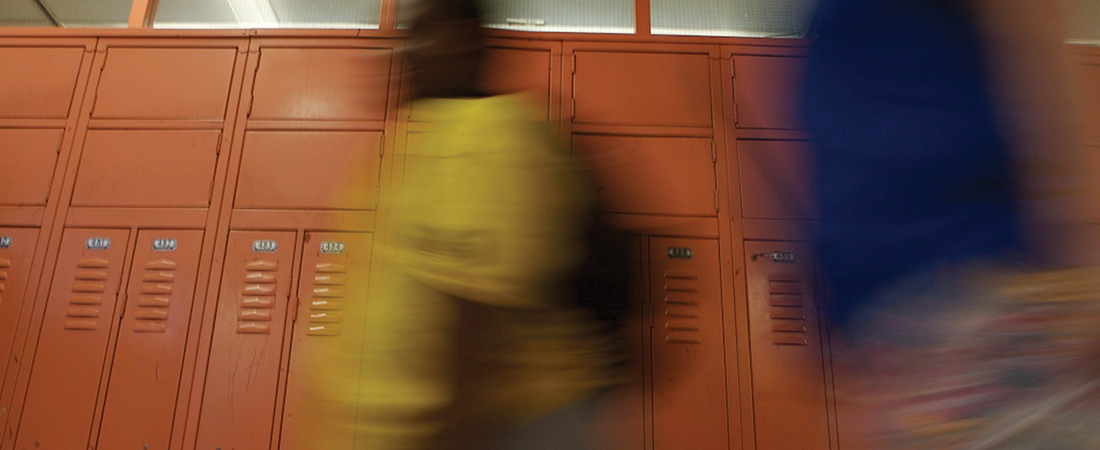Keeping Schools Safe

After the 2012 school shootings in Newtown, Connecticut, communities across the United States asked, “How can schools prevent tragedies like this from happening again?”
But violence prevention isn’t solely the school’s burden to bear, responds EDC’s Kim Netter. She says it takes a community effort—one involving law enforcement, mental health providers, as well as educators.
Netter is deputy director of EDC’s National Center for Mental Health Promotion and Youth Violence Prevention, which houses the federal Safe Schools/Healthy Students technical assistance center. This initiative—a collaboration between the U.S. Departments of Health and Human Services, Education, and Justice—has worked since 1999 to make schools safer.
To assist communities, the National Center has just launched a website featuring new strategies, activities, and tools that can help with establishing community partnerships, promoting productive classrooms and positive school discipline, sharing information across child-serving agencies, and preventing bullying.
“This work has made it possible for cross-disciplinary systems to share early warning signals and create more orderly schools so kids can learn,” Netter says. “We’ve worked with nearly 400 communities across the U.S., and that’s only the tip of the iceberg.”
Q: How are schools responding to the heightened safety concerns?
 Netter: Schools have been struggling. There have been calls for more surveillance cameras, more armed police guards, and more metal detectors. While schools want to be responsive to parents’ concerns and the media’s desire to raise public conversation about the issues, they are trying to craft a more nuanced approach.
Netter: Schools have been struggling. There have been calls for more surveillance cameras, more armed police guards, and more metal detectors. While schools want to be responsive to parents’ concerns and the media’s desire to raise public conversation about the issues, they are trying to craft a more nuanced approach.
I think the national debate should focus on asking, What are the risk factors that are leading to school violence, and is there an opportunity to mitigate those risk factors?
Q: What are some ways schools can prevent violence?
Netter: EDC has built tools to help groups work on lowering bullying and violence rates and increasing information sharing. For example, our 3 Bold Steps program helps schools and communities partner, plan, and act together.
Often, mental health issues are not addressed until something really bad happens. So identifying early warning signs is one way communities can work together to prevent violence. Safe Schools/Healthy Students grantees have early warning systems in place and the ability to share information across disciplines. Educators, law enforcement, and mental health providers can then work together if they learn of a child or a youth in trouble. We’d like to see these learnings expand to other communities who may not have much external funding but are still struggling with similar issues.
Q: What else can communities do?
Netter: Early intervention is one of the most effective means of preventing tragedies. We can support children’s social and emotional learning—such as self- and other awareness, mood management, self-motivation, and empathy—and help them develop resiliency. For example, the PAX Good Behavior Game helps children regulate their emotions at a very early age. They’re able to learn, teachers are able to teach, and the classroom is not disrupted.
The SS/HS program combines mental health, law enforcement, juvenile justice, and education systems—all of which are necessary in order to create solutions and a safety net for students. We’ve learned a lot about how best to guide schools and communities through making change across these systems. Our PromotePrevent resources can help school and community leaders, as well as mental health and social services professionals, across the country.